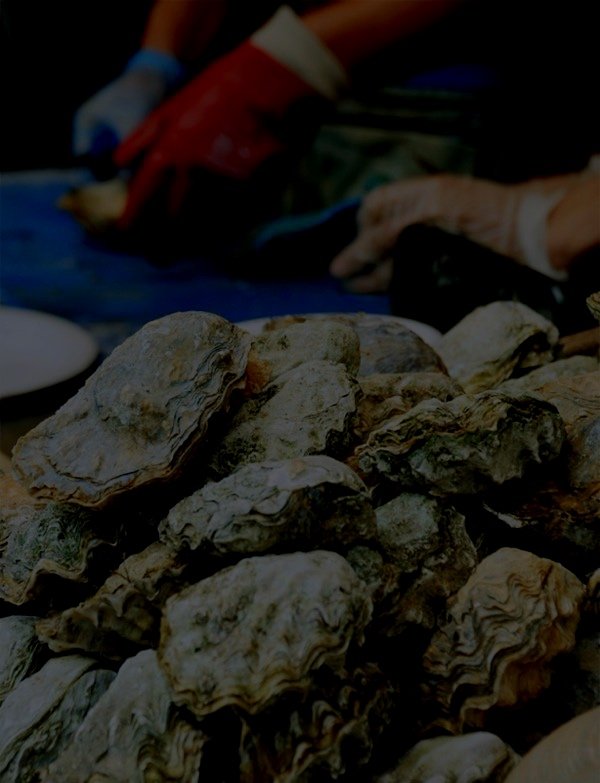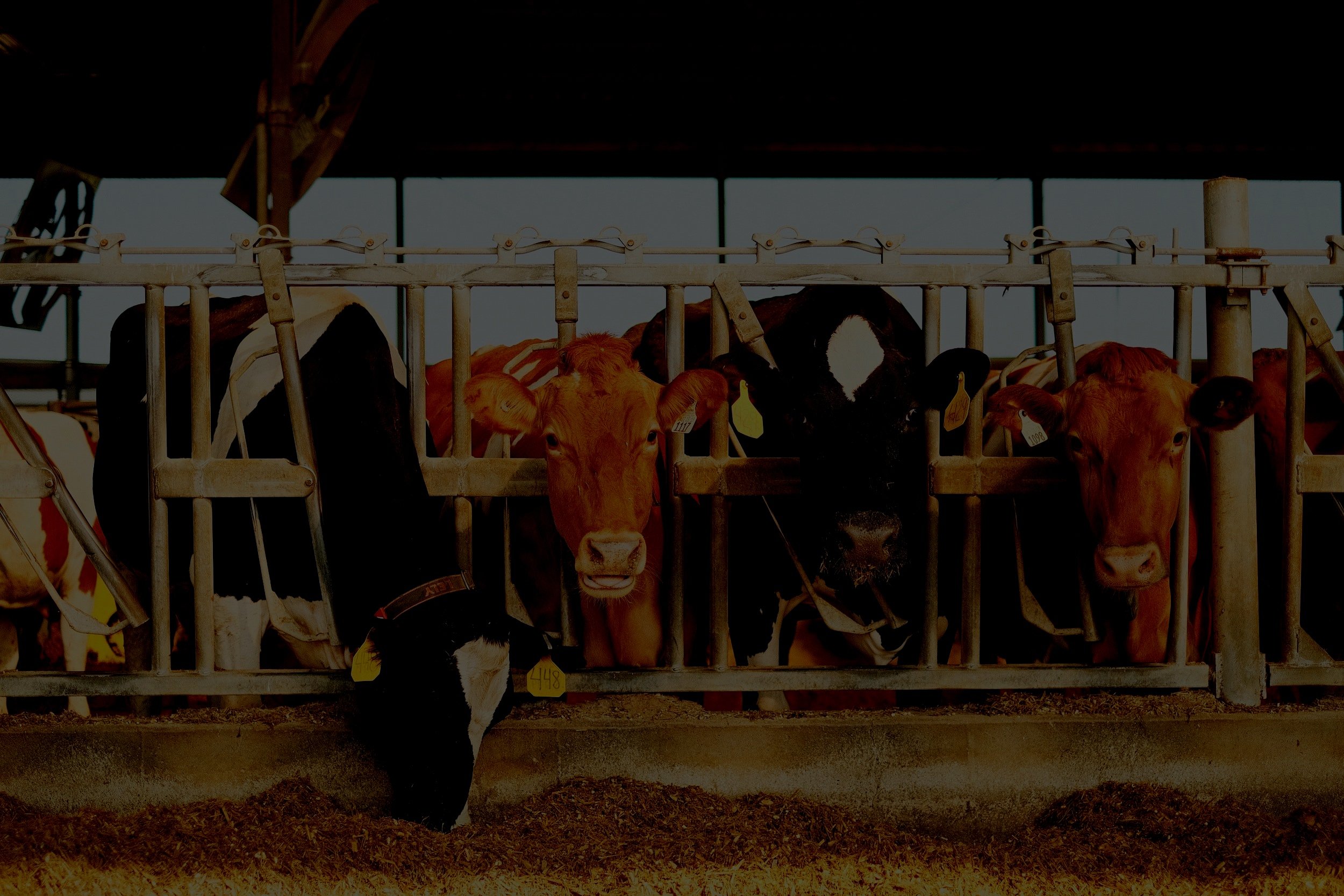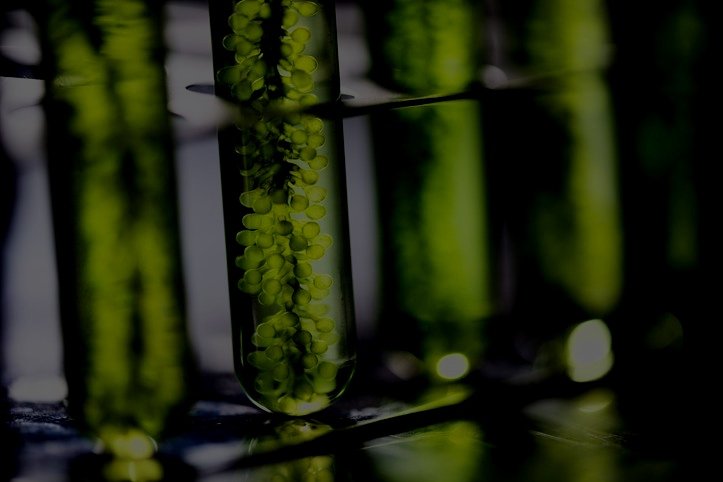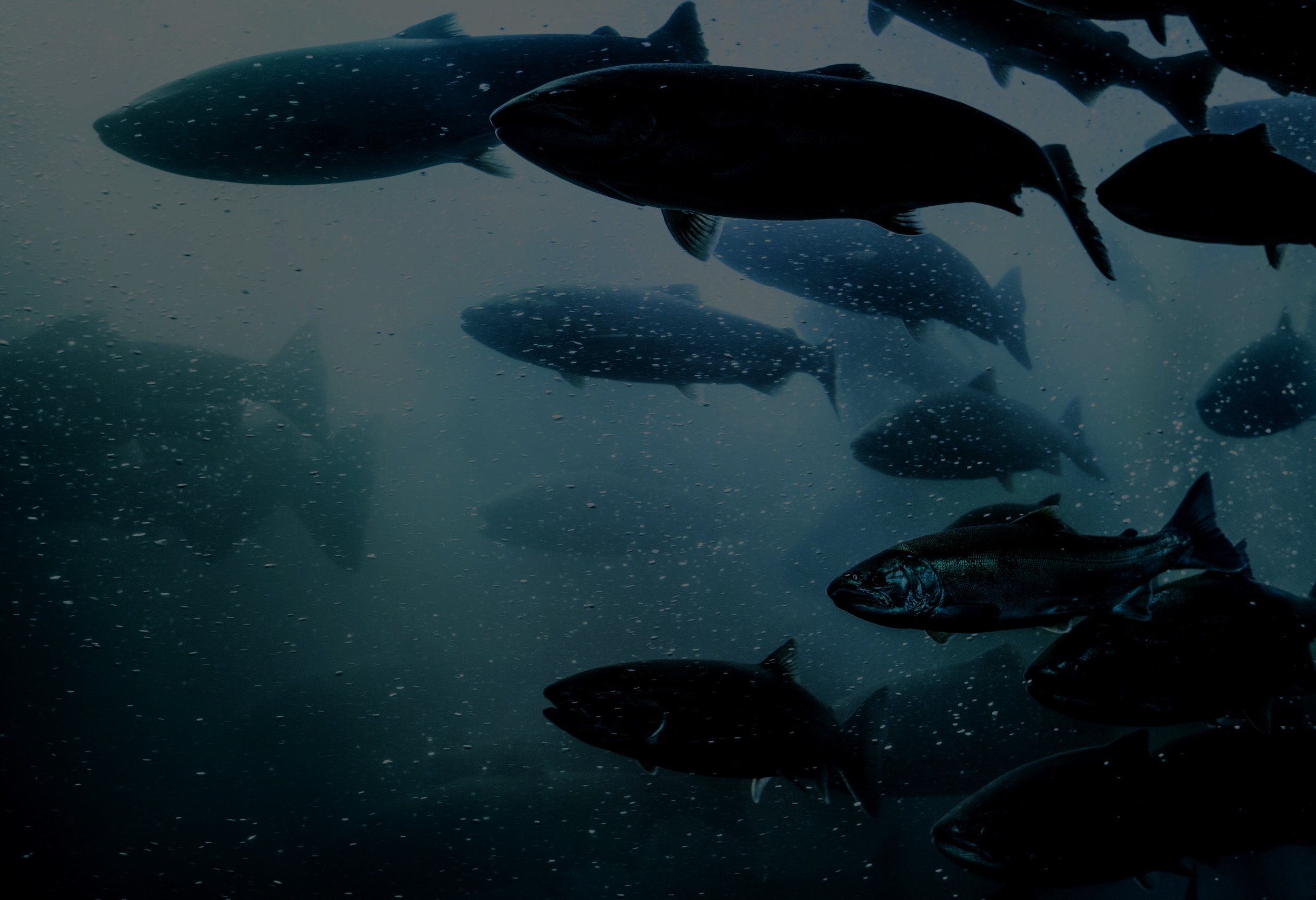
Increase Your Hatcheries Output!
Pure Biomass specializes in the manufacture of technology for the production of live feeds for hatcheries. Because the most significant mortality percentages found in hatcheries occur during the metamorphosis from larvae to young juvenile, termed ‘spat’. In fact, studies have shown that one of the primary causes of the mortality observed during metamorphosis can be attributed to a low-lipid algal feed.
The semi-continuous batch culture systems, designed by Pure Biomass, are capable of producing lipid rich algae biomass, by allowing the algae to get to peak density, and then undergo a period of nutrient starvation to accumulate the essential lipids that are critical for larvae survival.
The use of our optimized/automated LED lighting system coupled with our novel semi-continuous batch culture systems for indoor algae operation yield improvements in both the quality and quantity of algae produced. These technologies allow oyster hatcheries to improve the efficiency of their algae production operation, while also reducing the larvae-to-spat mortality of the common Pacific oyster (Crassostrea gigas) by delivering an algae product with enhanced nutritional value.

Waste Water Treatment
Water-born pollution, in the form of excessive nitrates, phosphates, an organic carbon—often called nutrient pollution—is a growing problem in the US and, globally. Once these nutrients find their way to lakes and rivers, they can lead to an over-growth of algae. The consequence of “algae-blooms” often include the formation of oxygen-depleted “dead-zones” and the release of toxic compounds, which can make the water hazardous to fish, animals, and humans alike.
Fortunately, algae can also be part of the solution. By cultivating algae in contained bioreactors, the excess nutrients, which are commonly found in municipal wastewater, can be removed prior to the effluent’s release. Furthermore, this method of nutrient recovery is superior to conventional processes because it avoids the use of costly chemical additives and it allows the nitrogen component of the wastewater to be converted into algal biomass, rather than being wasted with the release of N2 gas. When the algae is harvested from the bioreactors, it can be de-watered, dried and sold for various uses, such as fertilizer, feeds for animals and aquaculture, and as feedstock for biofuel production.
Development of our novel TriPAR technology for algae-based wastewater treatment will be part of the solution, and recently Pure Biomass was awarded a Phase I SBIR grant to begin this work.
The Phase I project will involve a proof-of-concept demonstration using the wastewater from a small community farm. A pilot-scale system will be constructed and tested using a live algae culture. System parameters will be optimized in order to maximize the level of nutrient removal and the quantity of algae biomass produced.
If the technology can be commercialized for waste water treatment, it will provide municipalities with a more cost-effective option for removing nutrient pollution from their treated wastewater stream, leading to improved aquatic health in surrounding waters, while producing renewable algae bioproducts, such as slow release fertilizers, pigments, bio-plastics, and animal feeds.

Omega-3 Production
The interest in omega-3 nutraceuticals stems from their numerous purported health benefits, especially from omega-3 oils that contain a high EPA and low DHA fraction. Due to an impending shortage in the global food supply of ocean-derived omega-3 oils, for both direct human consumption and feed for aquaculture, production of these compounds by microalgae cultivation has become an attractive option. Among multiple algae species, members of the Nannochloropis genus are expected to be key players due to their fast growth rate, high lipid content, and tolerance for salt water.
Given the anticipated shortage of marine fish as a source of omega-3 fatty acids, an alternative is the production and extraction of these compounds from marine algae, which are the initial producers of EPA and DHA in the ocean’s omega-3 supply chain 1. Because algae oils are not derived from animals, they are both vegetarian and vegan friendly. Furthermore, since the concentration of environmental contaminants (e.g. mercury, DDT, PCB, estradiol)31 increases with an organism’s size (i.e. its level in the food chain hierarchy), algae, which are much smaller than even the smallest krill, have relatively low levels of environmental pollutants.

Animal Feeds
Because of the anticipated decrease in global, per-capita availability of fish in the coming decades (and animal protein in general), new sources of these key nutrients will be needed to sustain the health of the world’s human population.
Fortunately, at the same time that wild-caught fish harvests are declining, the production of farm-raised fish is expected to increase. In 2014, for the first time ever, the amount of fish that was produced by aquaculture surpassed the amount that was produced by capture (for human consumption, only) 26. And by 2024 it is expected that the amount of fish produced by aquaculture will exceed the amount of all fish produced by capture 26. However, the caveat to this is that a significant portion of the diet of farmed fish, ~50 wt. %, comes from fish meal and fish oil, typically derived from small, wild-caught, pelagic fish of the open ocean (e.g. anchovies, herring, sardines, and mackerel)27.
While it is possible to raise fish on a diet of terrestrial crops of corn and soy, the nutritional profile of such fish can be significantly different than those fed with fish meal and fish oil 27. This effect is similar to the way that the meat of terrestrial animals (e.g. beef, pork, and poultry, which are fed a diet primarily of corn and soy) has a different—and by some measures, inferior—nutritional quality than that of wild-caught marine fish.
Thus the anticipated decrease in output from marine fisheries still presents a serious nutritional deficit (in omega-3 and omega-6 fatty acids) for the growing human population, even though total fish production (farmed + wild-caught) is expected to increase. As a potential solution to the omega-3 deficit, attention is being paid to Nannochloropsis and other high EPA/DHA producing strains as a new feedstock for inclusion in prepared fish food. Already, these high nutrition algae are being used as a dietary source of EPA and DHA for larval oysters and mussels and as a starter feed for rotifers and artemia, which are used in shrimp hatcheries. Still, looking beyond the use of algae in shellfish hatcheries, it is apparent that a much greater opportunity exists for algae supplementation in the feeds of both aquatic and terrestrial animals. With our 55,000-L TriPAR, PureBiomass has developed the technology that will allow the cultivation of high purity, high-value algae at the production scale needed to supply the coming demand from agriculture and aquaculture.
Contact Pure Biomass for more info on micro algae production.



